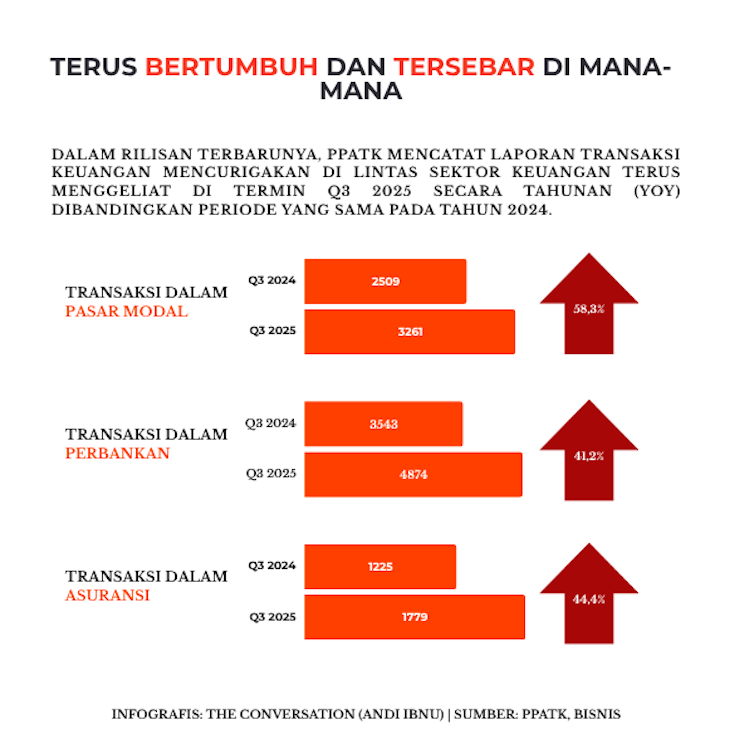Expanding Down Under: Your Guide to Registering a Subsidiary Company in Australia

Australia presents a compelling destination for international businesses looking to expand their global footprint. One popular and effective way to establish a presence in this dynamic market is by registering a subsidiary company in Australia. This strategic move allows foreign entities to operate independently within the Australian legal and regulatory framework while still being part of the parent organization.
This comprehensive guide will walk you through the key aspects of registering a subsidiary company in Australia, providing valuable insights for businesses considering this exciting venture.
Understanding the Fundamentals: What is a Subsidiary?
Before diving into the registration process, it's crucial to understand what exactly constitutes a subsidiary company. In essence, a subsidiary is a company that is controlled by another company, known as the parent company or holding company. While the parent company typically owns a majority of the subsidiary's shares, the subsidiary operates as a separate legal entity. This separation provides a degree of legal and financial independence, shielding the parent company from the subsidiary's liabilities and vice versa.
Why Choose Australia for Your Subsidiary?
The decision to register a subsidiary company in Australia is often driven by a multitude of compelling factors. Australia boasts a strong and resilient economy, offering a stable and predictable business environment. Its sophisticated legal and regulatory framework provides clarity and security for investors. Furthermore, Australia's strategic location provides a gateway to the burgeoning markets of Asia and the Pacific. The country also benefits from a highly skilled workforce, a multicultural society, and a high quality of life, making it an attractive place for both business and talent.
Navigating the Registration Process: A Step-by-Step Overview
Registering a subsidiary company in Australia involves several key steps. While the process can seem intricate, understanding each stage will help you navigate it effectively.
1. Choosing the Right Legal Structure
The first crucial step is determining the most suitable legal structure for your subsidiary. The most common structure for foreign companies is a proprietary limited company (Pty Ltd). This structure offers limited liability to its shareholders and is generally well-suited for small to medium-sized enterprises. Other structures, such as a public company (Ltd), might be considered depending on the scale and nature of your business operations.
2. Appointing Directors and a Resident Agent
Every Pty Ltd company in Australia must have at least one director who ordinarily resides in Australia. You will also need to appoint a registered agent who will be responsible for receiving official communications on behalf of the company. This agent must have a physical address in Australia.
3. Selecting a Company Name and Obtaining Approval
You will need to choose a unique and available company name. This name must be registered with the Australian Securities and Investments Commission (ASIC), the national regulator for Australian companies. It's advisable to conduct a thorough name search to ensure your preferred name is not already taken or too similar to existing registered names.
4. Preparing and Lodging the Application with ASIC
Once you have chosen a name and appointed the necessary personnel, you will need to prepare and lodge an application for registration with ASIC. This application typically includes details about the company's structure, directors, shareholders, and registered agent. You will also need to provide a registered office address in Australia.
5. Obtaining an Australian Business Number (ABN) and Tax File Number (TFN)
After your company is registered with ASIC, you will need to apply for an Australian Business Number (ABN) from the Australian Taxation Office (ATO). The ABN is a unique 11-digit number that identifies your business to the government and other organizations. You will also need to obtain a Tax File Number (TFN) for taxation purposes.
6. Registering for Goods and Services Tax (GST), if Applicable
If your subsidiary's annual turnover is expected to exceed the current GST threshold (currently AUD $75,000), you will need to register for Goods and Services Tax (GST). GST is a broad-based tax of 10% on most goods, services, and other items sold or consumed in Australia.
7. Setting Up Bank Accounts and Other Essential Services
Finally, you will need to establish an Australian bank account for your subsidiary and set up other essential services such as accounting software and payroll systems.
Key Considerations Before You Begin
Before embarking on the journey of registering a subsidiary company in Australia, it's crucial to consider several key factors. These include your overall business strategy, your target market within Australia, your financial projections, and your long-term goals for your Australian operations. Thorough market research and a well-defined business plan are essential for success.
Navigating the Legal and Regulatory Landscape
Australia has a well-defined legal and regulatory framework that governs business operations. It's important to familiarize yourself with relevant laws and regulations, including those related to corporate governance, taxation, employment, and workplace health and safety. Seeking professional advice from legal and accounting experts who specialize in Australian business law is highly recommended to ensure compliance.
Maintaining Compliance: Ongoing Obligations
Once your subsidiary is registered and operational, it's important to understand the ongoing compliance obligations. These typically include annual reporting requirements to ASIC, lodging tax returns with the ATO, and adhering to various employment and workplace regulations. Maintaining accurate records and staying informed about any changes in legislation are crucial for continued compliance.
Conclusion: Your Gateway to the Australian Market
Registering a subsidiary company in Australia can be a significant step towards expanding your international business. By understanding the process, considering the key factors, and seeking professional guidance, you can navigate the registration successfully and unlock the vast potential of the Australian market. This strategic move can provide your business with a strong foundation for growth and long-term success in the dynamic Asia-Pacific region. Remember to consult with legal and financial professionals to ensure a smooth and compliant registration process tailored to your specific business needs.





